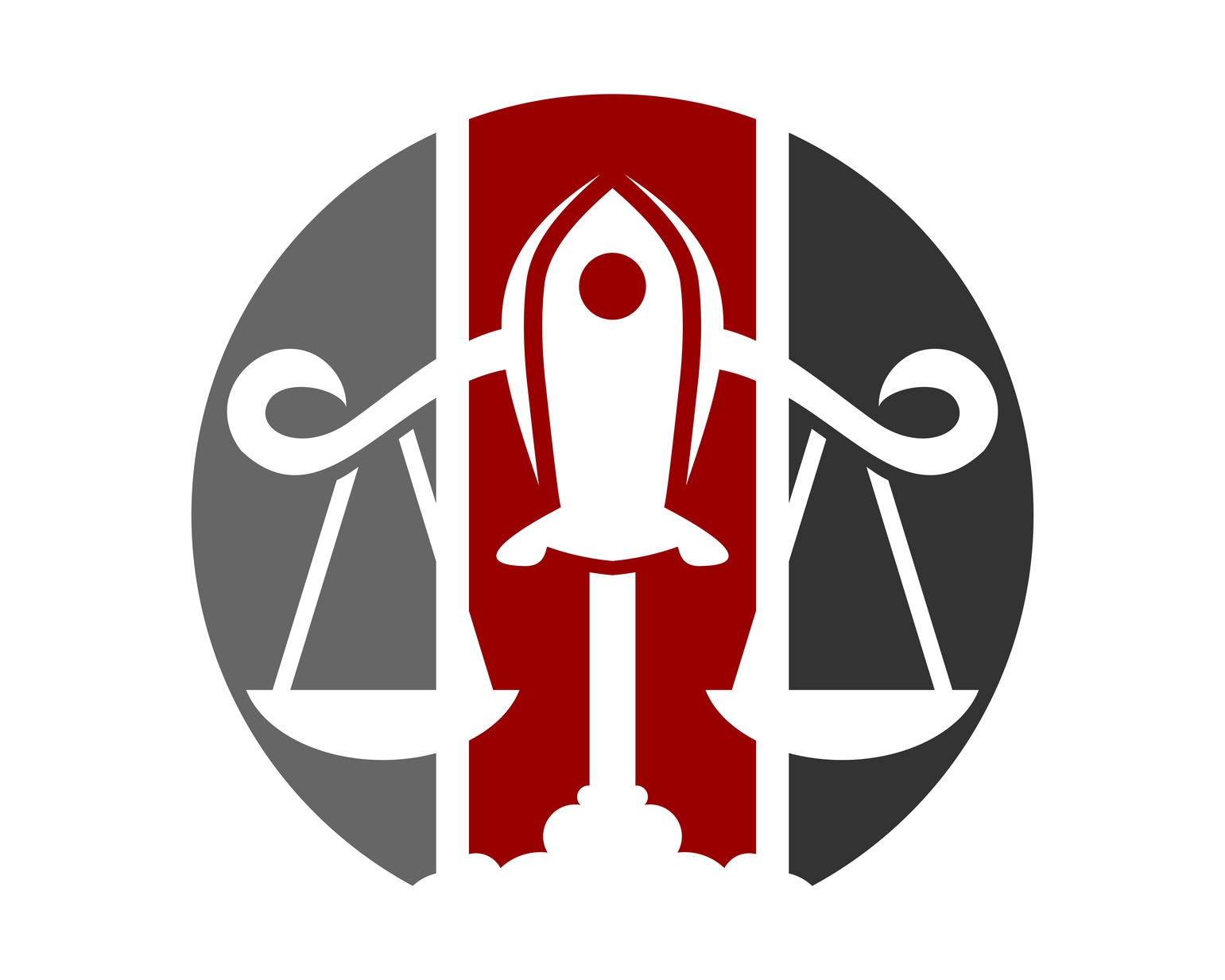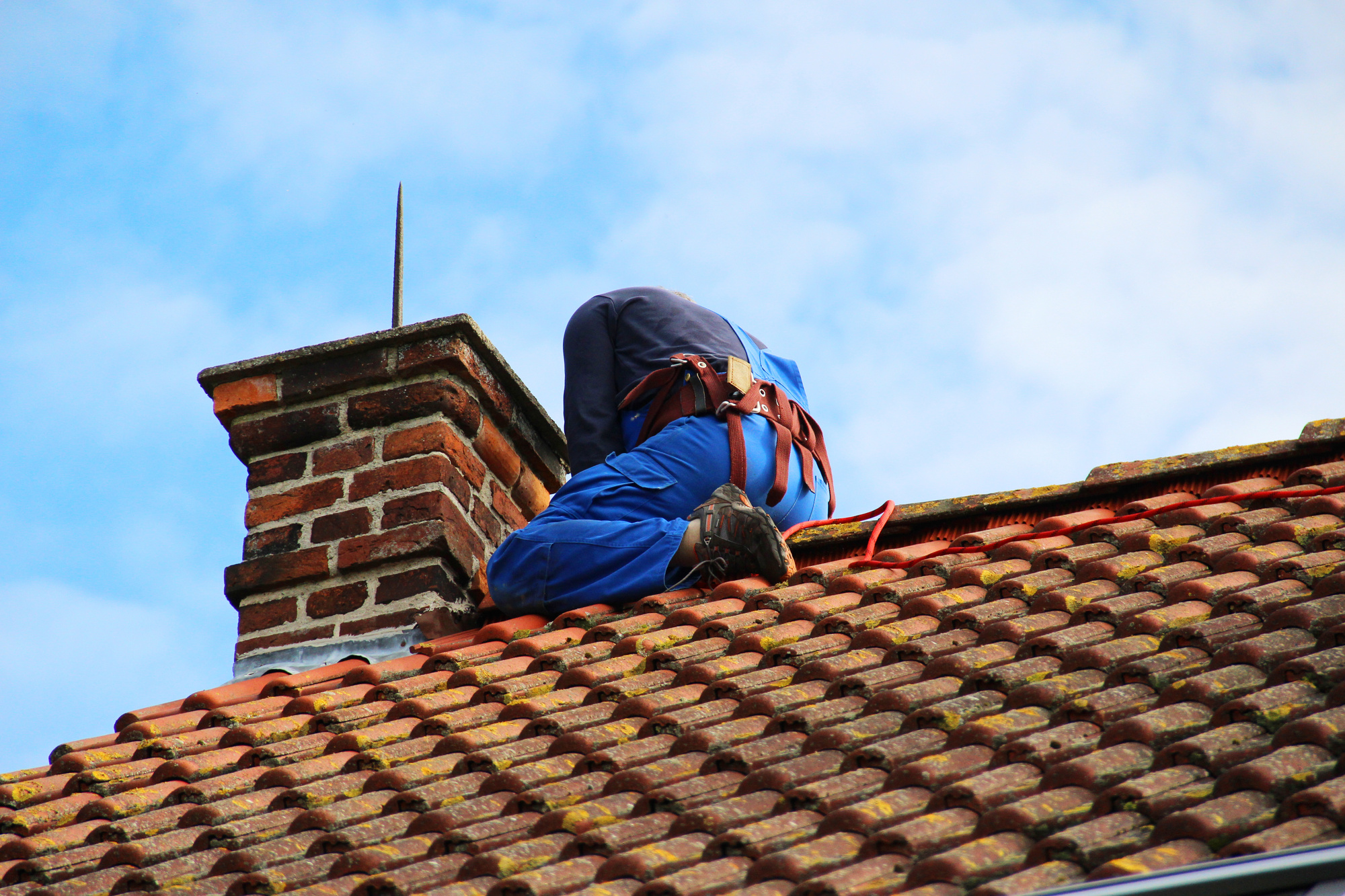Looking for a way to get more conversions out of your website traffic?
An amazing user experience attracts more potential customers to your site and can strongly influence a purchase decision. A high speed website that loads promptly can be the key to your website’s success.
It can be difficult to get that valuable content to load quickly. Luckily, there are a few tips you can keep in mind to improve the speed of your website.
Read on to learn about what you can do to maximize user experience of your site.
1. Check Speeds Regularly
One of the best ways to ensure that you’ve got high loading speeds for your website is to perform speed checks regularly.
You can conduct speed checks quickly and independently. Simply load all pages of your website on your desktop computer, cell phone, and other mobile devices. Test out different browsers as well.
Look for commonalities in content loading times across devices and browsers. Sometimes website speed will vary depending upon the platforms used.
You can also quickly monitor when your website is down by time and location in order to troubleshoot effectively.
2. Make Sure Images Are in the Right Format
Images can be the most difficult content to load on websites, particularly if the files aren’t optimized for a high speed website.
Images are often in bitmap form, but this file type can be difficult to load or resize. You may want to consider changing your images to vector form, a file type that complements high speed websites by loading quickly.
You can still optimize bitmap files for fast loading content. Just make sure that you resize your image before optimizing, and do so at around fifty or sixty percent of their original size.
3. Take Care of Cached Content
A browser’s cache is remembered content. The browser can store images or content from websites you’ve visited in the past so that content loads faster when you return to these sites.
You can control the content of your website that is cached automatically in users’ browsers. We recommend caching your highest quality and most critical content, or images that take longer to load.
This way, users can visit your site and experience a high speed website. Secondary content or stuff that isn’t as valuable can load later.
4. Make Your Site More Interactive
If you’re worried about high quality content taking a long time to load, you can take advantage of your visitor’s waiting time by making your site more interactive.
For example, you can design a pop-up or initial welcome screen that requires a click or some sort of action. As your user is clicking the “Visit Site” or “Subscribe Now” button, your higher quality content can be loading in the background.
The result is that your user doesn’t realize the lag in loading time, and you give off the illusion of a high speed website.
5. Be Efficient With Page Real Estate
Content is the biggest factor in loading times for websites, whether it’s in the form of images, video, or text.
A great way to ensure that you can deliver a high speed website to your users is to be efficient with every page. Incorporate content that is concise, short, and necessary.
Break up subjects into tabs so that users don’t have to scroll for ages or wait for images to load.
6. Search Engine Optimization (SEO)
Site loading times and SEO go hand in hand. When your website is optimized for search engines, it is more likely to soar to the top of search listings. The higher your ranking as a website, the higher your website traffic.
A slow loading website can send you to the bottom of search listings. The good news is that SEO can actually boost your website’s average speed because it optimizes content through keywords and relevant content.
Optimize your website for both local and global SEO in order to boost speed.
7. Inspect Plug-Ins and Provider Services
No matter what platform you use for your website or blog, you’ve likely got some add-ons or plug-ins incorporated. Plug-ins enable visitors to access certain content on your site.
If you’re experiencing slower loading times, take a close look at your plug-ins. See if you can reduce the amount you have or upgrade existing ones. Get rid of any plug-in that is poor-quality or outdated.
It also may be time to contact your website host to talk about loading times. Give your provider a call to see if you can modify your current plan to guarantee a high speed website.
This may bring in financial limitations. Keep in mind, however, that website speed highly influences user experience. It’s worth it to invest in your users and potential customers.
8. Call on the Pros
Professional assistance can go a long way in making sure you are delivering a high speed website to your users. Professional website and server monitoring services can perform regular speed checks of your site and help optimize it for high speeds.
You can call on the pros no matter what software you use, whether it’s SD-Wan or simple networking.
You’ll receive regular reports on site performance that evaluate how your website is doing across multiple geographic locations. A monitoring service will also provide you with API programming so that you can monitor your site performance on your own.
Tips for a High Speed Website
Fast loading web content is an essential factor in attracting new customers to your website and gaining more conversions. Optimizing user experience of your website means making sure it can load content at high speeds.
Take charge of your website’s speed by making efficient use of page real estate, optimizing images of faster loading times, and checking your site’s speeds regularly. You’ll also want to monitor your site’s cached content so that frequent visitors to your website can experience high speeds.
At the end of the day, it may be worth it to bring in professionals such as SiteUptime to monitor your site’s speed and guarantee a high speed website.
Create a free account today for your peace of mind–and for your user’s optimized experience!




